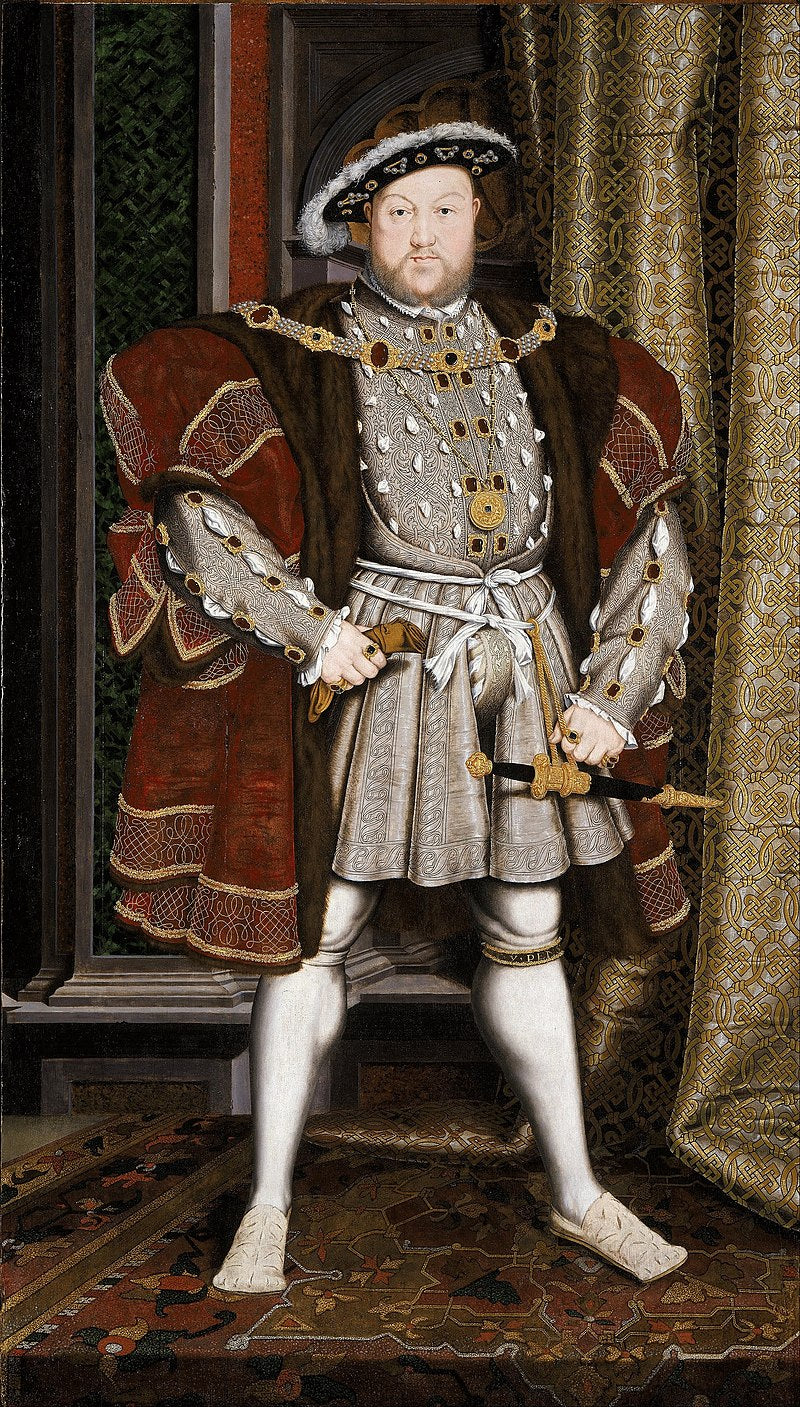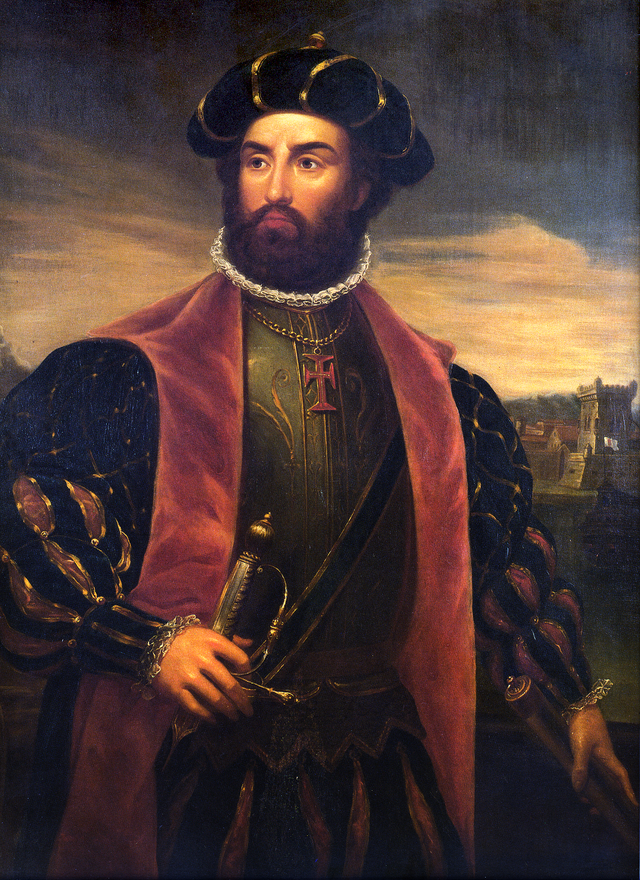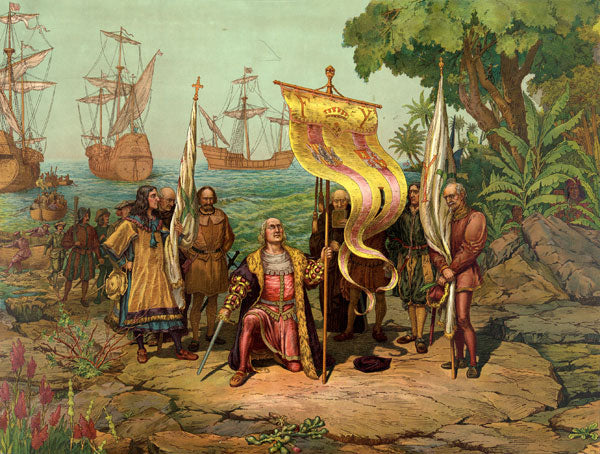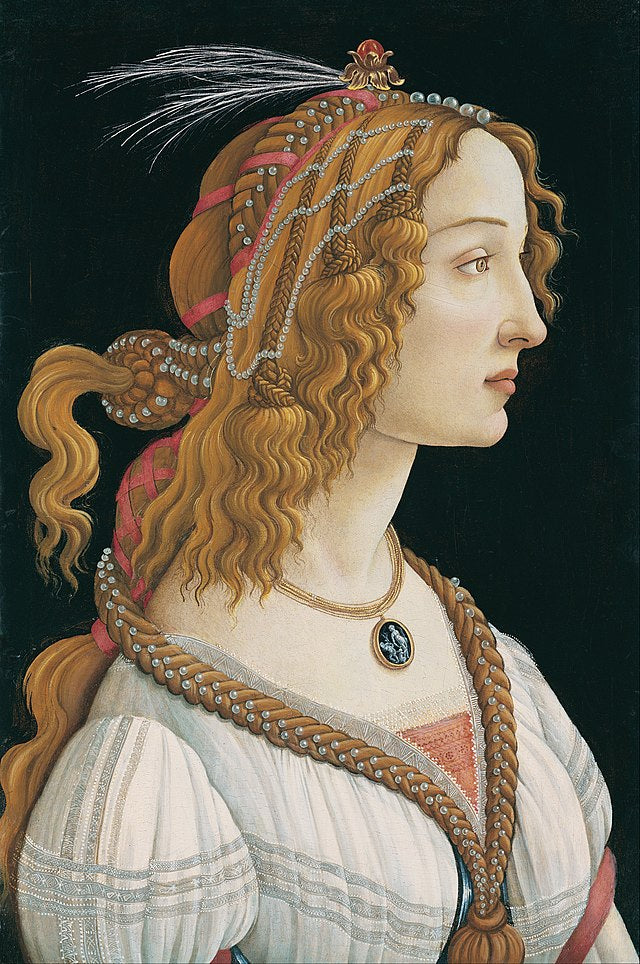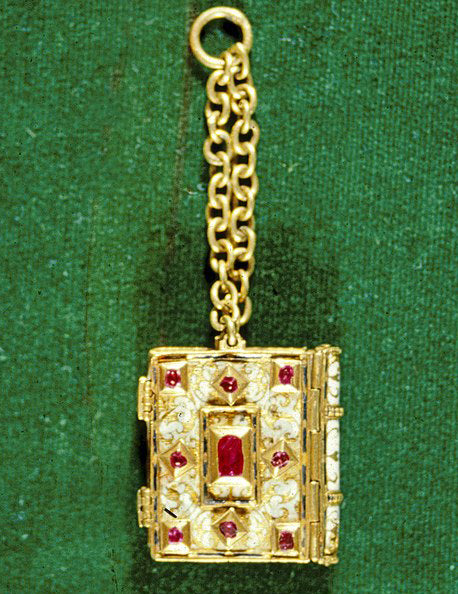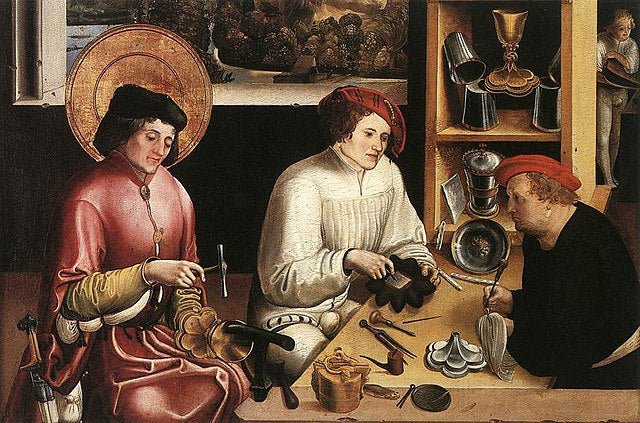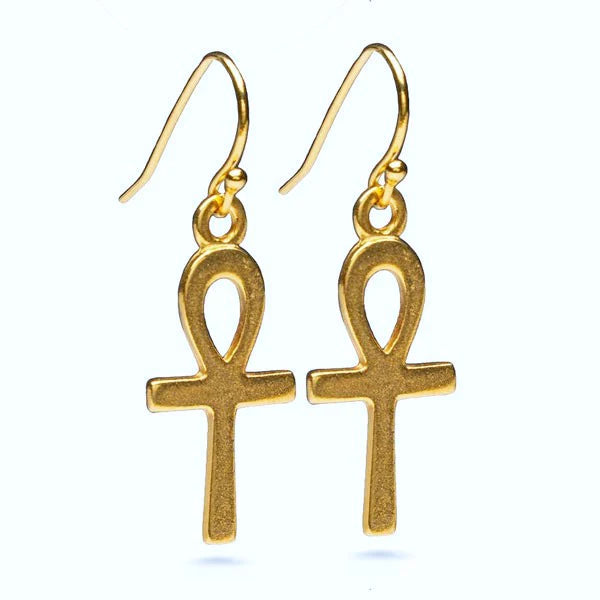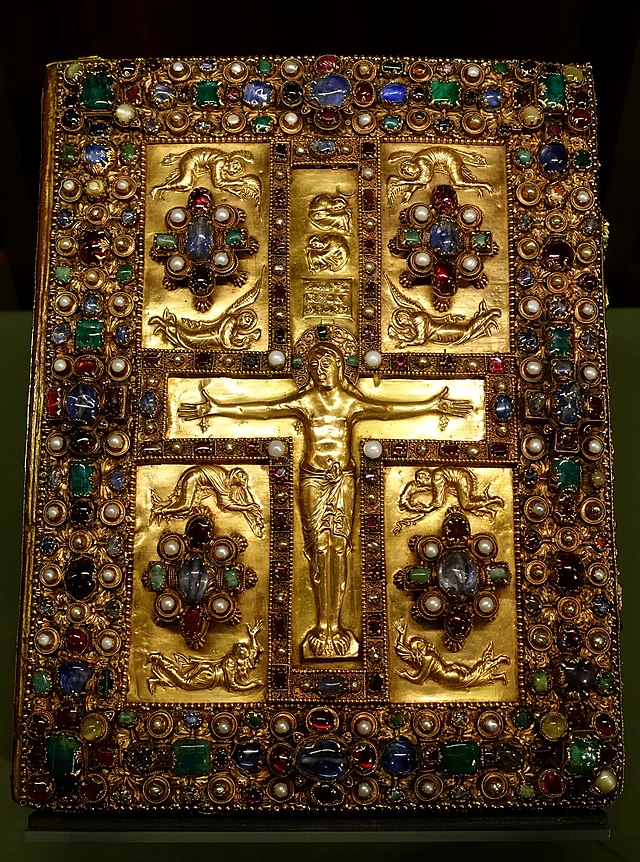
Photo on top: The famous Lindau Bible
In Late Antiquity, between 400 and 900 AD, decline and spiritual eclipse characterized the period. The Roman Empire disappeared and early Christianity imposed its dogmatics on a divided Europe. Technology, ideas, and urban development came to a standstill, and infrastructures fell into disrepair. As a result, we do not find much innovation in the art of jewelry during this time. Byzantine craftsmanship and goldsmith's art were the ultimate source of inspiration, although there were also pockets of distinction, such as the princely workshops in France and southern Europe

An example is the famous Lindau Bible. The Lindau Bible was the first major medieval manuscript that Pierpont Morgan acquired and bears the signature M.I. The original is housed in the Pierpont Morgan Library. The ornamented hinge on this Bible testifies to a distinctive, elegant, and highly skilled style development in the goldsmith's trade.
Charles, the son of Charlemagne, is believed to have had the workshop located in St. Denis Abbey near Paris, where he was a monk from 867 until his death in 877.

